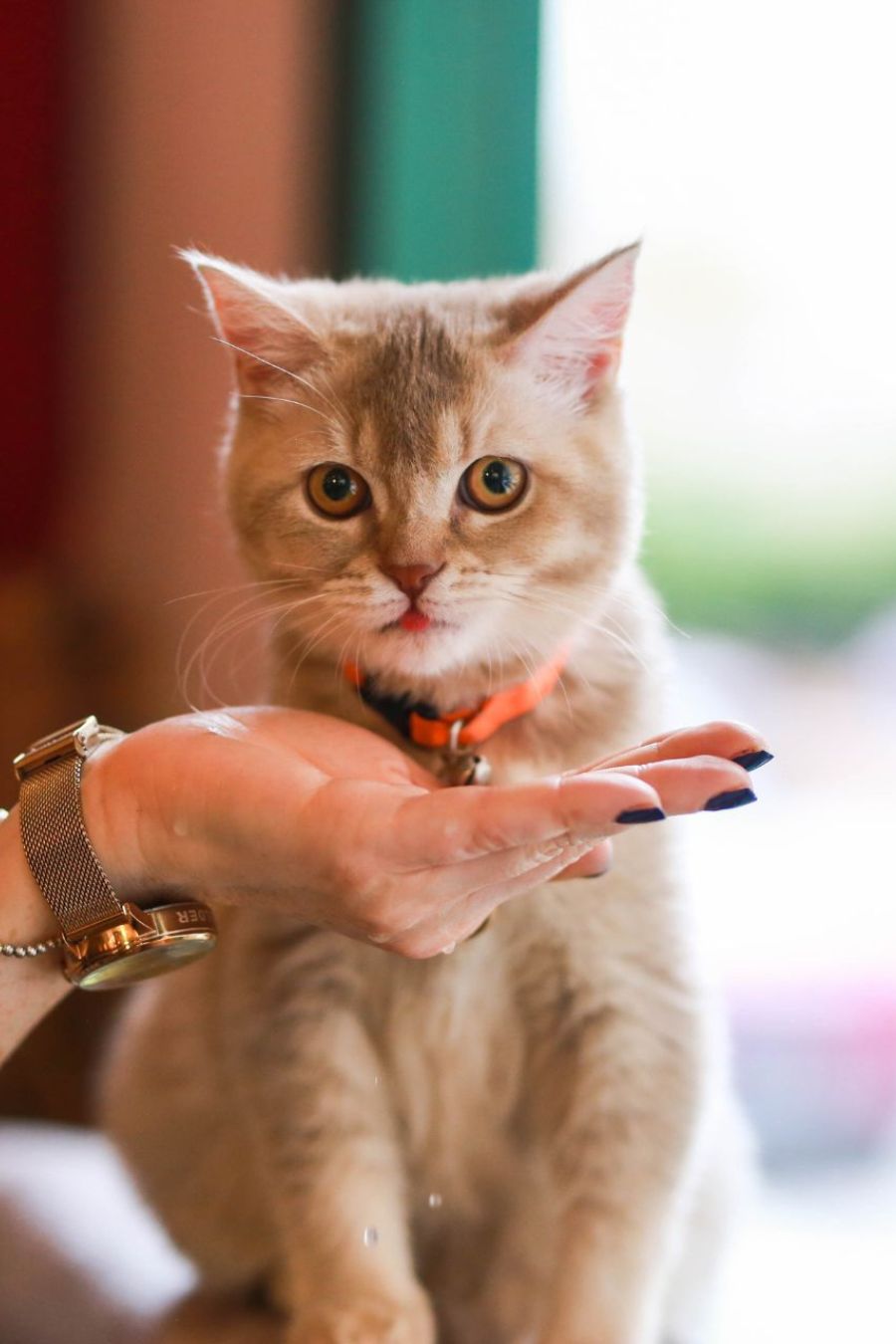Pet Ultrasound
At Tanglewilde Veterinary Clinic, we offer advanced pet ultrasound in Houston, TX, providing a fast and painless visualization of your pet’s internal structures.
Advanced Pet Ultrasound in Houston, TX
An ultrasound needs minimal preparation beforehand, but because pets must be still, sometimes mild restraints and sedatives are necessary. Depending on what part of the body must be viewed with the ultrasound, some shaving of the abdomen or chest may be required.
What is an Ultrasound?
If your pet displays symptoms of illness or injury, an ultrasound might be in order to help our veterinarian diagnose and treat your pet’s condition.
An ultrasound uses extremely high-pitched sound waves to produce a moving image of your pet’s internal structures. As the sound waves penetrate your pet, echoes are returned. These echoes are sorted out to create a visual picture. The ultrasonic sound waves are so high that neither humans nor pets can hear them.
When is an Ultrasound Useful?
We use ultrasound to view your pet’s internal structures as they operate. An ultrasound is sometimes used in place of X-rays, as it produces a movie-like image of your pet’s soft tissues and bones. An ultrasound can be used to determine the cause of:
- Abnormal blood work
- Vomiting or diarrhea
- Unexplained weight loss
- Chronic infections
- Change in urinary habits
- Fluid in the chest or abdomen
Ultrasounds can be used to evaluate and diagnose a variety of health concerns in pets, such as:
- Circulatory problems
- Irregularities of the musculoskeletal system
- Heart disease and conditions
- Gastrointestinal diseases
- Lumps, cysts, and potentially cancerous growths
Ultrasound can sometimes provide a final diagnosis. It’s also often used with other diagnostic tests, such as blood work, biopsy, and urinalysis.
What to Expect During Your Pet’s Appointment
An ultrasound is a non-invasive and painless procedure that requires no anesthesia and usually zero sedation. To minimize your pet’s stress and help him or her stay still during the appointment, we usually ask that pet parents remain outside of the exam room.
As ultrasound waves do not travel well through fur, we’ll first shave a small area on your pet at the ultrasound location to ensure a high-quality image is captured. After applying a thin layer of a special gel to your pet’s skin, our veterinary team will then move the ultrasound wand around on top of the gel, recording the image that is captured.


